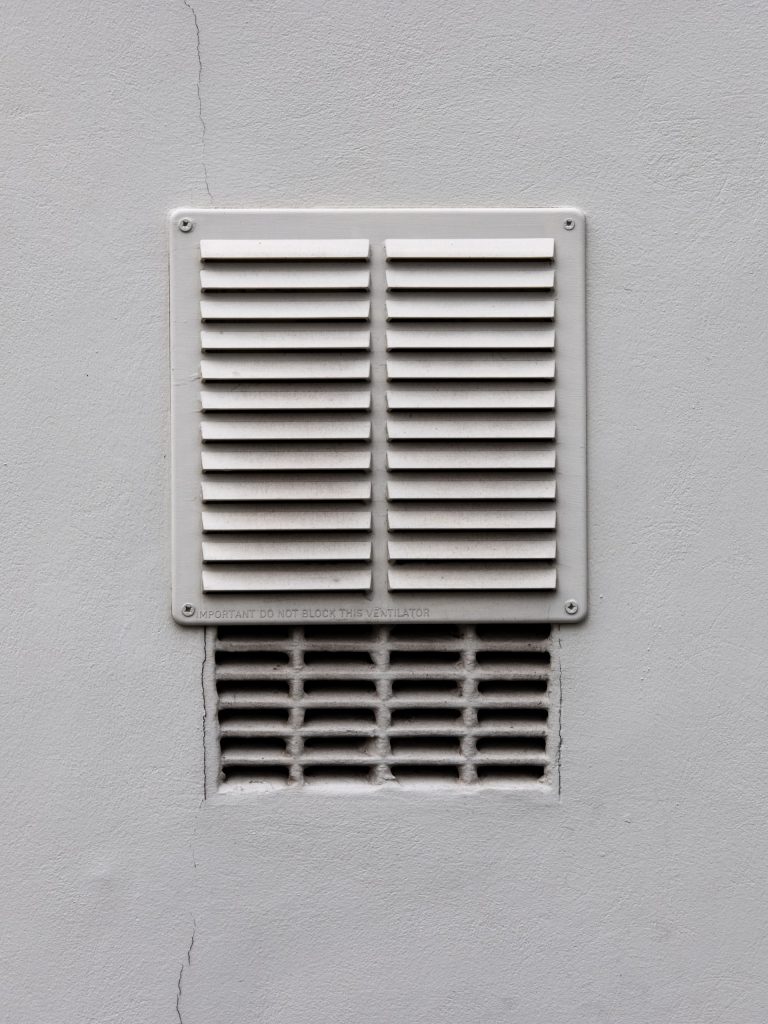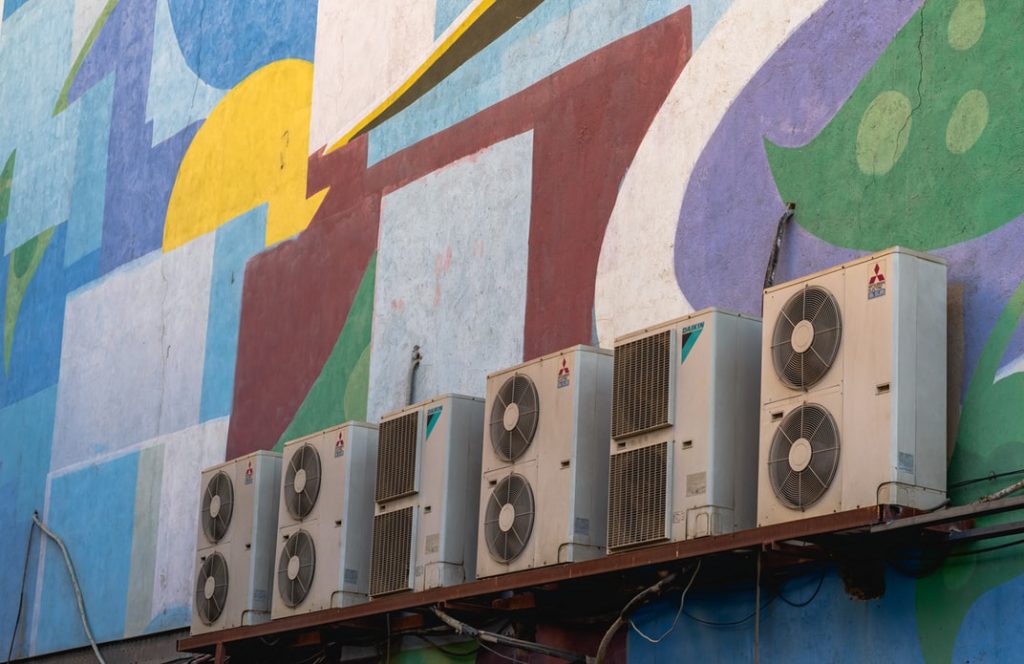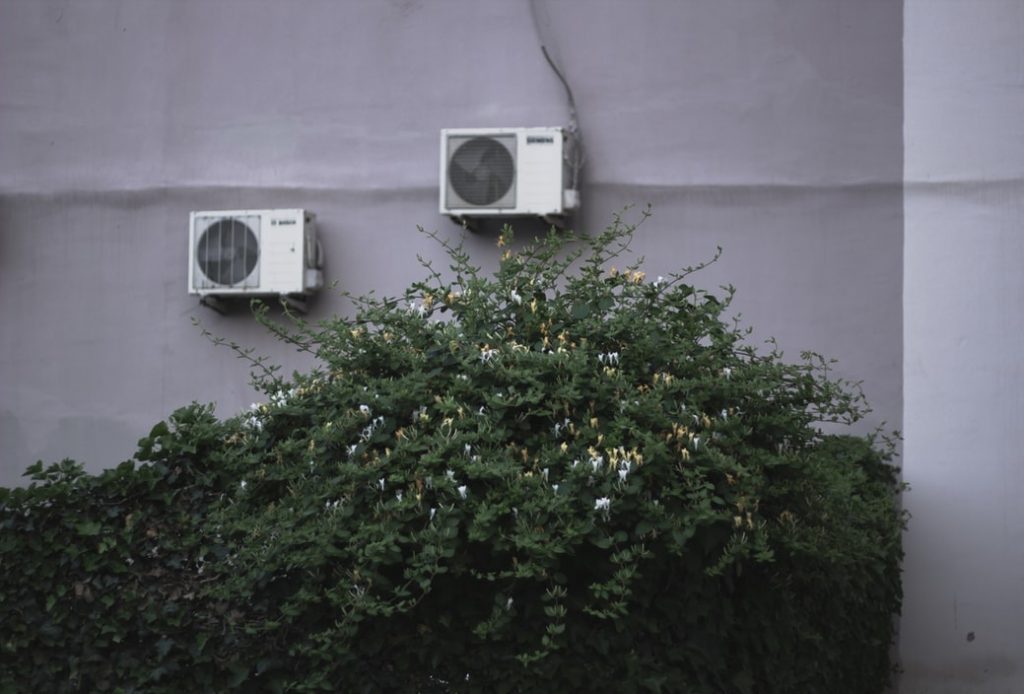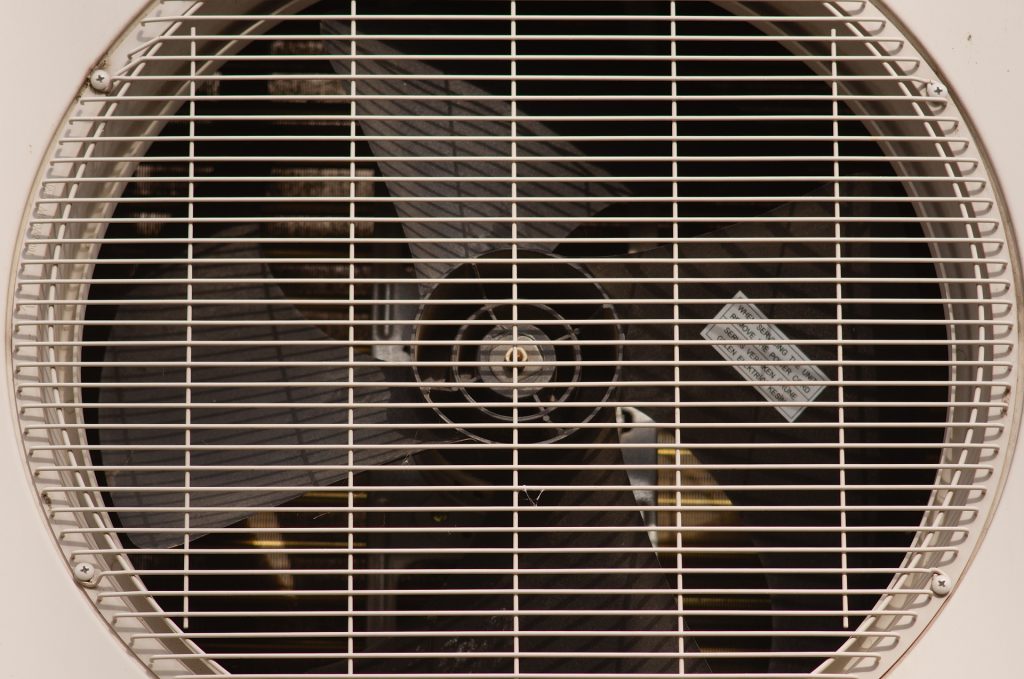Can you get carbon monoxide poisoning from an air conditioner? Carbon monoxide is well known for its deadly effects. There are few who haven’t heard the tales of households who have succumbed to this colorless, odorless killer. The best way to prevent being affected by this dangerous gas is to be informed and take precautions to prevent it from occurring in your home.
If you are among those who are wondering, can you get carbon monoxide poisoning from an air conditioner, you are in the right place. Let’s talk about some of the things you need to know when it comes to answering “can an AC produce carbon monoxide?”
Can Air Conditioners Cause Carbon Monoxide?
So, does your air conditioner produce carbon monoxide? No, there is no carbon monoxide in an AC unit. However, the performance of your furnace is another matter. Understanding how carbon monoxide forms and preventing it from doing so are the keys to protecting your household and we have plenty of tips to help you do just that.
Carbon Monoxide Sensors
While carbon monoxide (CO) sensors are a good idea, they don’t provide complete protection from this deadly gas. Low levels of carbon monoxide will not set off many sensors. They are programmed to respond only to significant levels of CO. This is the reason that those with these types of hard-wired detection devices are told to leave their home immediately if the alarm sounds.
However, even low levels of CO can be harmful, especially if there is prolonged exposure to them. Breathing carbon monoxide, even at low levels, can create symptoms such as excess fatigue, recurring headaches, and nausea. It can also cause heart pain in those who have heart conditions. If members of your household begin experiencing these symptoms, don’t hesitate to seek medical attention.
What To Do If You Suspect a Carbon Monoxide Leak
Because carbon monoxide is colorless, odorless, and tasteless, you will need to rely on other ways to detect its presence. Once you have learned how to check for CO leaks, you will need to know how to go about remaining safe and getting help for the problem. Here are some signs you can look for before feeling any symptoms of carbon monoxide poisoning:
- Gas appliances have yellow or orange flames instead of the normal blue flames
- Visible soot on gas appliances
- Repeated pilot light failures
- Heavy window condensation
- Excessively slow-burning solid fuel fires
Ignoring these signs can result in you and your family being exposed to carbon monoxide for a dangerous amount of time. Carbon monoxide poisoning can feel a lot like a hangover and should be treated immediately.
If you feel you may have been exposed to carbon monoxide from an AC unit, you should act quickly. Open all doors and windows and get the members of your household outdoors into the fresh air. Quickly open all windows and doors to let any buildup of the gas dissipate. Visit the doctor to address your symptoms. Do not return home until you’ve had the CO levels in your home checked, especially if you are diagnosed with carbon monoxide poisoning.
Once you’ve handled the immediate problem and it is safe to return to your home, do not use your furnace until it has been inspected.
How to Prevent Carbon Monoxide Leaks
Because so many carbon monoxide leaks originate from heating systems and problems with ventilation, proper HVAC service can help prevent CO leaks from ever occurring. Here are some tips for preventing carbon monoxide leaks in your home:
Furnace Maintenance
Before the start of each heating season, you should have your furnace and any other fuel-burning appliances inspected by a certified HVAC technician. If you have a fireplace, you should have it and the chimney inspected, as well.
Regular inspections and maintenance will prevent carbon monoxide leaks from ever becoming a problem. It also allows your HVAC technician to become familiar with your equipment, so they can note any changes between visits quickly.
Inspect Heat Exchangers
When scheduling your furnace maintenance, be sure to request that the heat exchanger also be inspected. The heat exchanger in a gas or oil furnace is one of the most common sources of carbon monoxide leaks.
What does the heat exchanger do? During the heat combustion process, the heat exchanger is responsible for venting any poisonous gases out of your home, away from the heating ducts that would bring them into your living space.
A heat exchanger that has become corroded, cracked, or developed holes will not stop your furnace from working, but it will allow carbon monoxide to escape into the breathable air within your home.
Clean the Flues and Vents
Blockages in your chimney flue or vents can be another source of carbon monoxide leaking into your home. Dust, debris, and grime in your ventilation systems can combine to form a blockage, clogging the path deadly gases would normally take to exit your home.
In some instances, you may even have small animals, birds or even insects build nests inside these areas, blocking the vents. Regular inspections allow your HVAC service provider to find and eliminate these issues before they result in a hazardous situation for your family.
Takeaway
To recap the answer to the question “Can you get carbon monoxide poisoning from an air conditioner?” The answer is a resounding “no.” However, you can get it from an ill-maintained furnace.
There is no greater asset to preventing potentially deadly carbon monoxide from getting into your home than having it inspected, cleaned, and serviced regularly. The fall months before you turn on the furnace for those cold winter months is an ideal time to have maintenance performed.
Any creatures that have taken up residence during the warm spring and summer months, any buildup and any damage can be located and corrected before the first use of the season. You can always contact the professionals at American Home Water and Air to inspect your furnace and repair the cause of the leak.










